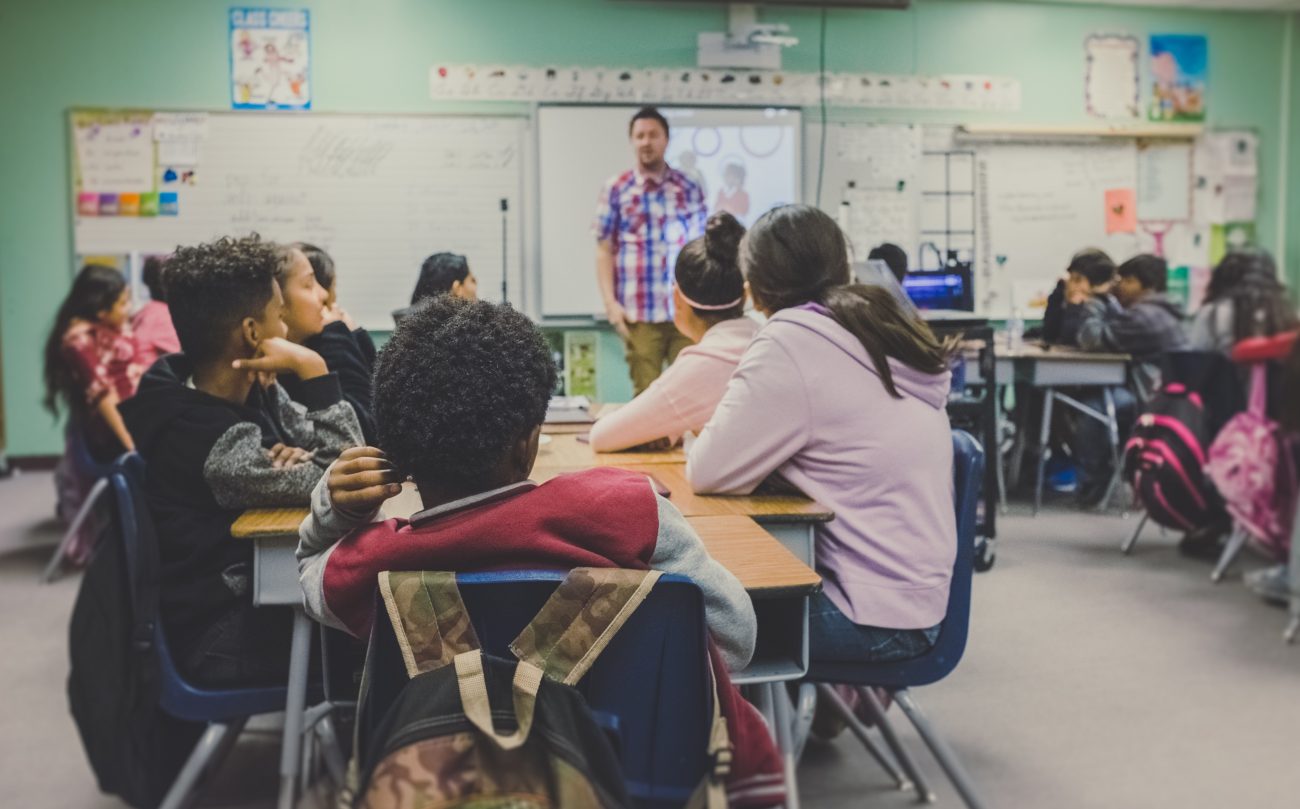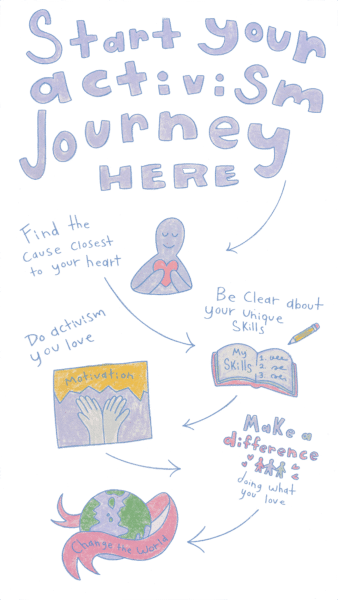- The Meaning of Critical Thinking: A Key Skill for Navigating Today’s Information Landscape - November 3, 2025
- Grandparents Can Develop Activist Grandchildren - September 29, 2025
- Top Six Reasons Credit Union Benefits Are a Smart Choice Over Banks - August 18, 2025
Last Updated on November 16, 2024
Young adult activist Kelsey Juliana is the lead plaintiff in the case of Juliana v. the United States. Kids from all over the country ask for their future to be protected from climate change.
Kelsey was born into activism. Her family protested logging and other environmental concerns in the Pacific Northwest. In fact, Kelsey was on 60 Minutes, in a sling, while her mother was interviewed.
But even when someone is born into activism, they don’t necessarily want to follow in the family’s footsteps. For example, activist Sarah Corbett attended protests with her family as a child. But as an adult, she changed her way of making change when she realized gentle activism was right for her.
And the reality is that most people are not born into an activist family where social change is part of the family fabric. They miss exposure to causes and different ways to make the world a better place.
That is why providing social change instruction in the classroom is vital.
The Benefits of Social Change Education
Teachers are vital for instilling social change, helping build future changemakers. Teachers are experts at instilling skills. They provide a safe place for students to try new activities and get feedback. They make sure all students are provided with evidence-based course material and teaching techniques.
Social change instruction in the classroom allows students to:
- make the world a better place by using their unique skills to solve challenges in their community,
- become more explicit about the world they wish to see,
- better understand issues that they may be a part of solving,
- earn skills such as planning, communicating, and writing, and
- begin to understand their unique gifts and how they use them to make change.
Teaching Social Change
At the K-12 level, incorporating social change in the classroom means benefits for students and their community. And I’m lucky to work at Walden University, which incorporates a social change focus. Walden’s founders wanted to provide students with skills to empower them as change agents. Social change is a part of class assignments and research projects. Walden measures their social impact and teaches students to become social change agents.
Types of Social Change Agents
Here are the social change agent types from the research.
Ultracommitted Change-Makers
First, Ultracommitted Change-Makers are dedicated, motivated, and make change a part of living their values. They were usually raised in a family that focused on activism.
Faith-Inspired Givers
In the second group, religion influences Faith-Inspired Givers. Their parents are likely to be inspired by faith as well. A moral responsibility to give back drives them.
Socially Conscious Consumers
Third are Socially Conscious Consumers. They seek the sustainability of products and services. They also expect vendors to be fair and responsible employers. When making purchasing decisions, they care about environmental and social justice issues.
Purposeful Participants
Fourth are Purposeful Participants. They tie their activism to external motivators, such as work initiatives and gaining new skills.
Casual Contributors
The fifth group, Casual Contributors, may see issues in their community but may not always act to change them. Many are older adults without children.
Social Change Spectators
Finally, Social Change Spectators probably came from families that did not focus on activism. They tend to see little relationship between their actions and change.
[Read more about social change agents in “What kind of social change agent are you?”]
Learn How to Craft Excellent Social Change Education

Teachers will find The Happy Activist and its companion, The 5-Step Activism Path Workbook, easy to use.
- The book content is focused on measurable objectives.
- Each objective includes skill-building exercises in the Workbook.
Finally, I offer a free Common Core Aligned Teacher’s Guide to the books for K-12 and college instructors.
[Get the free Teacher’s Guide now]
How Students Follow The Activism Path
They Find The Cause Closest to Their Heart
In the first step of the Activism Path, students identify the cause closest to their heart. Rather than getting overwhelmed trying to solve every problem, they focus. They get clear about their ideal life and world and find the cause that means the most to them. Choosing the cause dearest to them will help them stay motivated.
They Understand Their Unique Skills
Everyone has things they do well. These are often talents that come naturally to a student. If they are clear about their best skills, they can match them to their activism work.
They can also develop skills to use in their activism work. For example, listening is a vital component to influencing others. Because when you listen, people become more engaged. Having a clear vision and message can help others understand the student’s perspective.
They Do Activism They Love
As teachers know, students vary in what motivates them. For example, some people like to work in a team, and others prefer working alone. It is okay to choose activism you enjoy doing. One student might enjoy creating art to illustrate an environmental issue, while another might enjoy presenting. A thoughtful teacher can help students explore the suitable activism method for them, based on their skills and motivation.
They Make a Difference
Students already have a lot of responsibilities and activities. So, the time they spend on social change is precious. Teachers can help them make their work count by assisting them in evaluating options for the most impact.
They Change The World
The last step in the activism path is to change the world! Help students set goals that will motivate them. Help them celebrate when they make a difference. Finally, help them with the self-awareness required to reduce stress and stay motivated.
Teachers and Social Change Education
Teachers provide a gift to the world with the knowledge they impart and the skills they develop in their students. I hope the resources I provide make it easy for them to develop our future changemakers.
READ NEXT
- How To Master Social Change Definitions: Try This Sure-Fire Guide
- Learning For Justice is an excellent resource for teachers and includes lesson plans
- It’s Time For You to Make the World a Better Place
- Make a Difference With Mental Health Activism





Pingback: InLinkz 190 Senior Salon Pit Stop